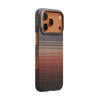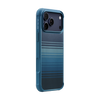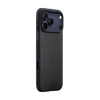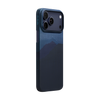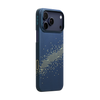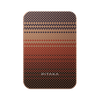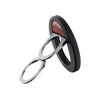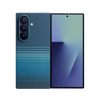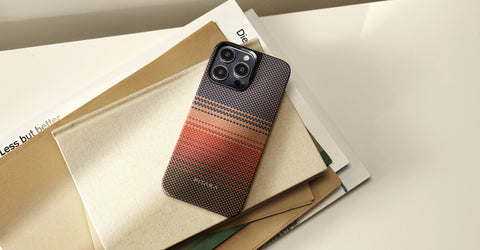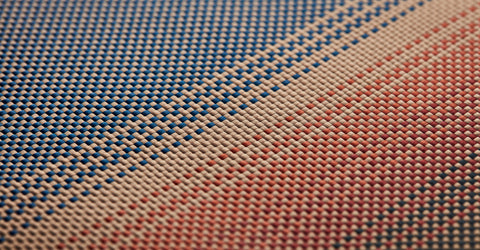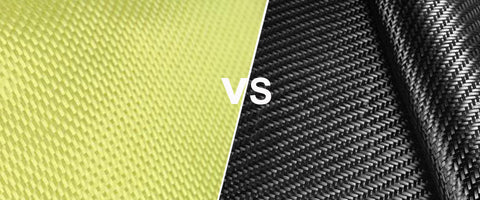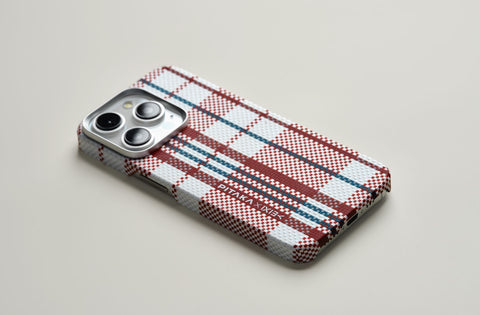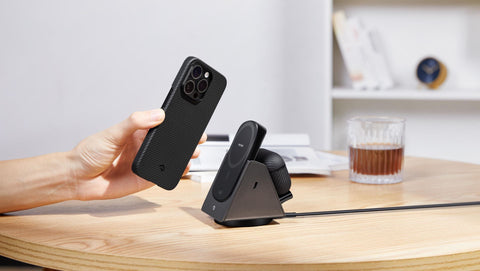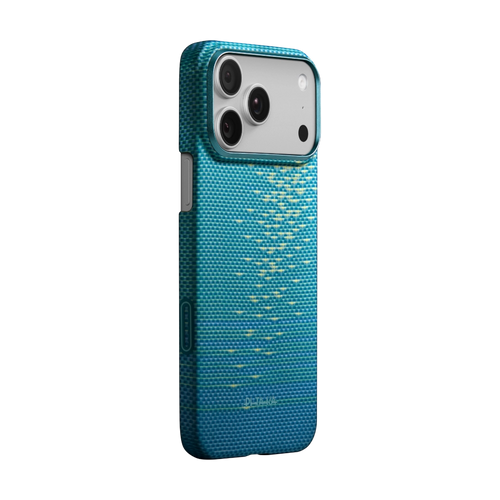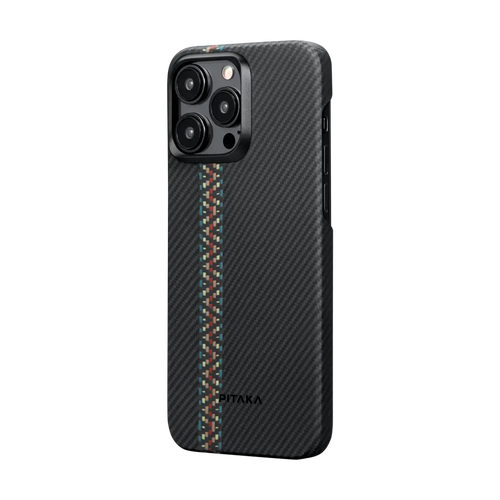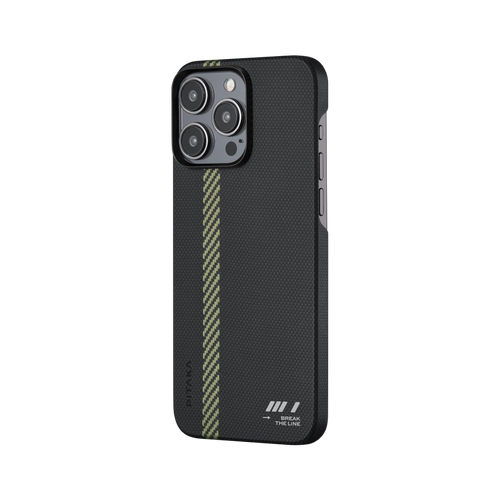
Smartphones are costly to buy, and the last thing you want to see is the phone screen shatters a few days after unboxing.
For many people, a case is an essential accessory to have as soon as they get their hands on their new phone to make sure that it never gets scratched. Similarly, a screen protector is just as important for many people, even if most modern phones are being made with increasingly tougher glass.
1. Are All Screen Protectors the Same?
Simply put, not all screen protectors are the same. The better the screen protector you own, the longer your phone screen is going to last.
The big question is, do you know everything needed to choose the best screen protector for your smartphone?
2. What are Phone Screen Protectors Made From?
When scrolling through Amazon or other online stores for screen protectors, you will see lots of different terms and specifications, such as Gorilla Glass, 9H hardness, oleophobic coating, TPU, etc. We will get to that later. But now, let's talk about the two most common types of screen protectors based on the material.
A. TPU plastic screen protector
TPU (thermoplastic polyurethane) is chemically-enhanced plastic that boasts scratch resistance, elasticity, oil and grease resistance, and increased toughness. Since the material is elastic, it has limited "self-healing" abilities.

And plastic screen protectors get scratches easily, and unfortunately, the scratches are typically permanent. Another limitation is that they are more likely to have poor fingerprint resistance, and they usually don't provide 100% screen coverage (for example, the edges of the Samsung Galaxy S8).
The biggest advantage of plastic screen protectors is that they are cheap; most cost less than $10. (typically between $1 and $10)
Suffice to say that, if you are looking to buy a cheap screen protector with basic protection, go for a plastic one.
B. Tempered glass screen protector
This is our undisputed favorite type of screen protector to date, and it's exceptionally good at protecting your phone's screen against scratches and drops.
Why? Well, even though they might not last as long as the plastic ones, tempered glass protectors tend to offer far better resistance against scratches and drops, and they closely mimic the feel of your actual screen, which makes them much nicer to use. So, with these two features alone, you can see that it makes more sense to go with a tempered glass protector.

That said, it's still hard to pick one from a ton of varied tempered glass screen protectors. Remember those other terms that we mentioned: Gorilla Glass, 9H hardness, oleophobic coating, and 2.5D/3D/5D screen protectors? What are they? How could they help you pick what you want?
2. What to Consider When Choosing the Right Screen Protector?
Mohs Hardness
Mohs hardness refers to the scratch resistance of materials. It tells you how hard the material is and if any materials could scratch your phone's screen or not. Take diamond and glass, for example. The diamond has a hardness of 10, while the glass is about 5.5. If you scratched a diamond along a pane of glass, it would harm the glass, but the diamond would remain intact.

On the Mohs scale, a fingernail has a hardness of 2.5, window glass has 6, Gorilla Glass 6.5, and quartz (the main component of sand) 7. Obviously, the phone screen's biggest enemy is sand, harder than glass, even the specialized toughened Gorilla Glass, and unfortunately, sand is not hard to find.

A Mohs scale test value of a screen protector will show you how good it is at handling scratches.
How about the 9H Hardness? It refers to the screen not being scratched by a 9H pencil, the toughest of all standard pencils. Apparently, it's not able to withstand the hardness of a knife blade at 5.5, though it could add more protection to your phone screen.
2.5D/3D/5D screen protectors
A 2D glass screen is pure, and flat, which relates to when smartphone screens were flat and two-dimensional. In comparison, a 2.5D glass screen has a slight curvature towards the edges, although just like a 2D screen, the middle area is the same as a flat 2D screen. A 3D screen protector has completely curved sides; however, the top and bottom are still square-cut. And a 5D screen protector is curved on all sides, top and bottom.
Does it mean a 5D screen protector better than a 3D?

3D screen protectors are mainly designed for phones with curved edges, such as the Samsung S10. 5D screen protectors cover every edge of the phone screen completely, whether the phone features curved or flat edges. They also offer a better screen touch experience and higher sensitivity. And they are usually more expensive. Fair.
Many people believe that the more the protector covers your phone screen, the safer it will be. It depends. The four corners of your phone are the most vulnerable parts, and a screen protector will never protect your phone and the corner like a case.
The oleophobic coating
Unlike plastic screen protectors, tempered glass retains fingerprint smudges, so it needs an additional coating to avoid it. An oleophobic coating repels oil, meaning your fingerprints won't stick to it. A swipe with a micro-fiber cloth will get rid of them. Check this video made by EverythingApplePro, and you will see that a quality tempered glass protector works better at resisting fingerprints while the cheaper one retains the fingerprints. It's down to the type of polymer used and how well the coating bond to the glass.
Check a more clear picture below.

So that's why you should pay attention to the oleophobic coating.
The touch sensitivity
Even though the manufacturer intended to make the tempered glass screen protector feel exactly like your phone's actual screen, it can still affect your experience when you use your phone. One key aspect that affects touch sensitivity is thickness. The thicker your screen protector, the more uncomfortable you will feel. And thickness doesn't equate with protection.
3. How to Easily Apply A Tempered Glass Screen Protector?
Clean your hands and your phone; check the placement of the screen protector; apply the glass; let the glass do the work, etc. You can find instructions everywhere.
To make it clearer, we made a video for you to follow. Cleaning your phone is very important to ensure that no dust has sneaked in.
You may find the screen protector in the video is super easy to apply, and you can hardly "see it" once it sticks to the phone screen. It's a 2.5D screen protector of 9H hardness and 0.33mm thickness. It's a part of PITAKA's seamless experience to ensure both your phone and screen are properly protected.

In Conclusion
Not all screen protectors are the same. By understanding the factors to consider, you can find the best screen protector to safeguard your device's screen and prolong its lifespan effectively.

